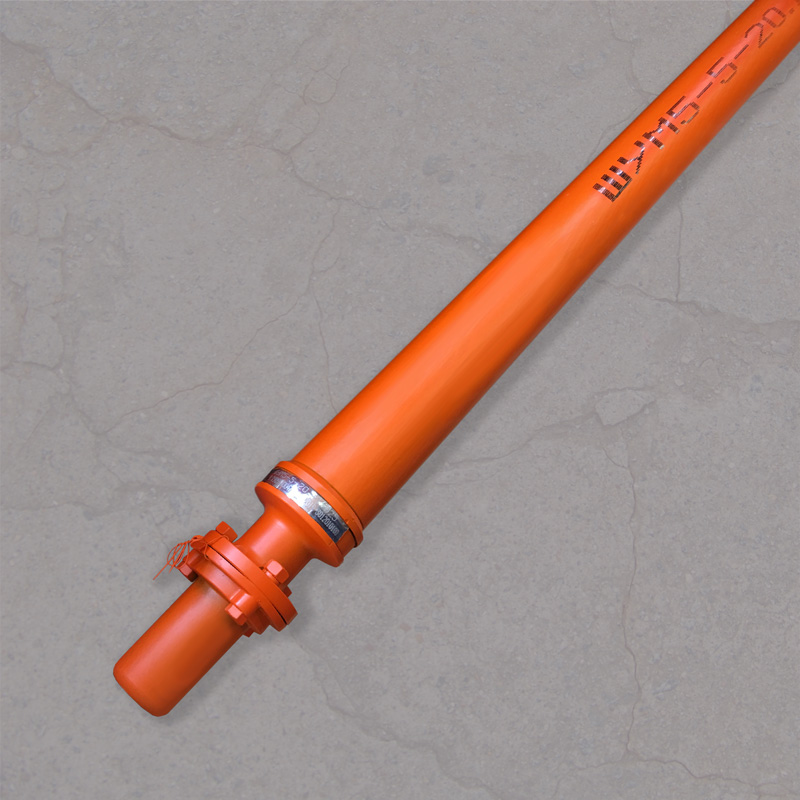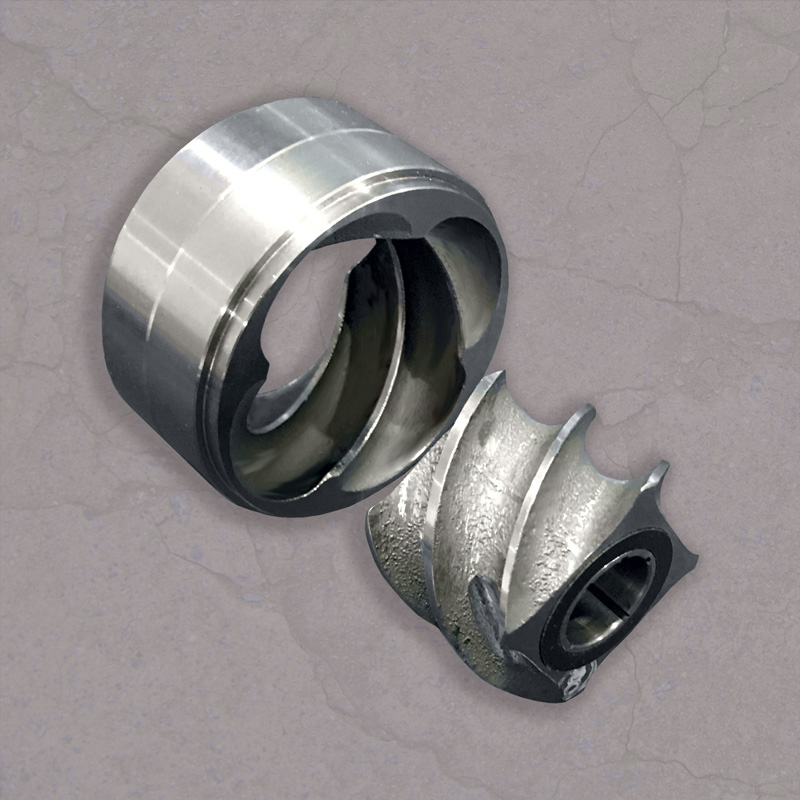MODULAR ESP SAND TRAP
Our modular ESP sand trap helps protect your electrical submersible pumping (ESP) system from sand and solids on initial startup after hydraulic fracturing. It is installed between the intake and the pump, where centrifugal force pushes solids outward into pockets, or traps. Our sand trap has the added benefit of chopping up gas bubbles, helping homogenize fluid and gas into a uniform mixture that will more easily pass through the ESP.
BENEFITS

Spiral shaft design and traps keep sand from entering the ESP and damaging the pump

Stages disperse gas into the fluid so the mixture can be more easily pumped through the ESP
applications
- Hydraulically fractured wells
- Protecting the ESP from unpredictable sand, proppant, and gas levels
capabilities
- Helps protect downhole pumps during production startup
- Available in 315 (80 mm), 351 (89 mm), 354 (90 mm), 425 (108 mm), 453 (115 mm), 520 (132), 555 (141 mm), and 654 (166 mm) series
features
- Spiral shaft design that uses centrifugal force to push solids outward
- Special traps that capture and hold sand to prevent it from entering and damaging the pump
- Stages that break up gas bubbles to reduce gas locking and improve pump performance

Starting production in a hydraulically fractured well can be torture on ESPs. Initial levels of proppant, sand, solids, and gas can be unpredictable and unexpectedly high.
The sand trap is designed to keep proppant and solids from entering the pump during the first critical days and weeks of production in an unconventional well. Our sand trap is installed between the intake and pump, providing additional distance solids must travel to enter the system.
TECHNICAL CHARACTERISTICS

|
Size (RU) |
Outer Diameter |
Volume capacity |
Shaft brake power limit |
Max capacity |
Installed Length |
|
5 |
3,15 in |
500 in3 |
288 hp |
785 bbl/d |
21,4 ft |
|
80 mm |
8200 cm3 |
215 KW |
125 m3/d |
up to 6523 mm |
|
|
5А |
3,51 in |
513 in3 |
322 hp |
1570 bbl/d |
21,4 ft |
|
89 mm |
8400 cm3 |
240 KW |
250 m3/d |
up to 6523 mm |
When reservoir fluid enters the device, centrifugal force pushes solids outward where they are trapped in recessed pockets. With the sand removed, stages in the device break gas bubbles as they pass through and disperse them into the fluid. This action unifies gas and fluid in a homogenized mix that increases pressure in the upper stages of the sand trap. The added pressure and gas-fluid mixture improve pump performance and reduce the likelihood of gas locking, despite unpredictable surges in gas volumes.
